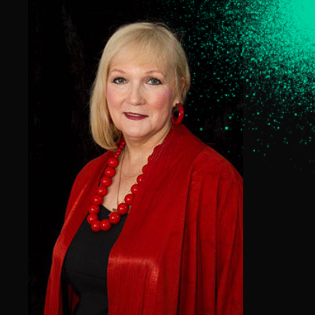
EKA aula / EKA assembly hall
Algus k.p.:
30.10.2019
Algusaeg:
16:00
Lõpp k.p.:
30.10.2019
Kolmapäeval, 30. oktoobril peavad loenguid meie uued vastvalitud audoktorid!
Algusega kell 16.00, räägib EKA aulas kunstiajaloolane Griselda Pollock teemal “From Alain Resnais’s Van Gogh (1948) to Julian Schnabel’s At Eternity’s Gate (2018): Why are we still Loving Vincent (2017)?”
Griselda Pollock (s. 1949) on Leedsi ülikooli sotsiaalse ja kriitilise kunstiajaloo professor, kelle tegevusväli on seotud visuaal- ja kultuuriteooriaga ning feministliku ja postkolonialistliku kunstiteooriaga. Pollock on elav klassik – ta on alates 1970. aastate lõpust olnud mõjukamaid moodsat, postmodernset ja kaasaegset kunsti uurivaid teadlasi maailmas. Ta on oluline kunstiteooria ja metodoloogiate uuendaja ja mõjutanud märkimisväärselt 20. sajandi II poole ja ja 21. sajandi feministlikku teooriat, soouurimust ja feministliku kunstiajalugu.
Loengu teema on prof Pollock ise kokku võtnud järgmiselt:
“The first exhibition I ever saw, I think, was of the work of Vincent van Gogh in 1961. I forgot about that first encounter until 1990, when, at a conference on the centenary of his death, I delivered a deconstructionist paper tracing the construction of ‘Van Gogh’ over the twentieth century. My research into his exhibition history revealed that the show in Toronto in 1961 was part of a specific post-war series of exhibitions when VG’swork was sent around the world, ensuring this artist’s spectacular place in the twentieth century’s cultural imagination as ‘the modern artist’. I also realized that this buried memory of an exhibition visited in 1961 with my art-loving mother, who died three years later, may have been the unconscious prompt for my choice, in 1972, of Van Gogh as my PhD dissertation topic.
Over my fifty-years, I have struggled against ‘the myth of Van Gogh’ in many publications and exhibition projects. In this lecture, I will return to one of the earliest films made about the artist by French documentarist Alain Resnais in black and white in 1948 and to the animated film Loving Vincent and the American painter Julian Schnabel’s personal homage, At Eternity’s Gate. What are the different concepts of art and artist this mythic ‘Vincent’/’Van Gogh’ has mirrored? What are the art histories I have tried to create to challenge their potency, affect, and dangers? Why does this myth and image persist and entrance?”
